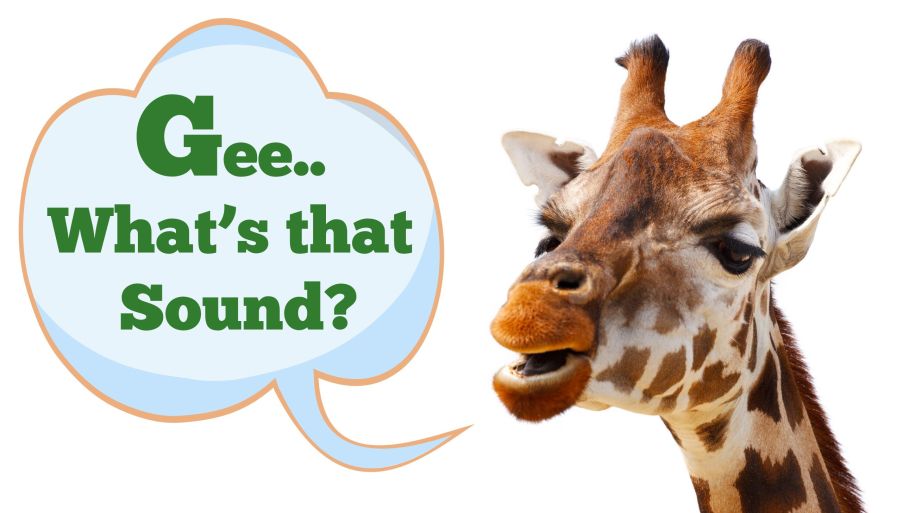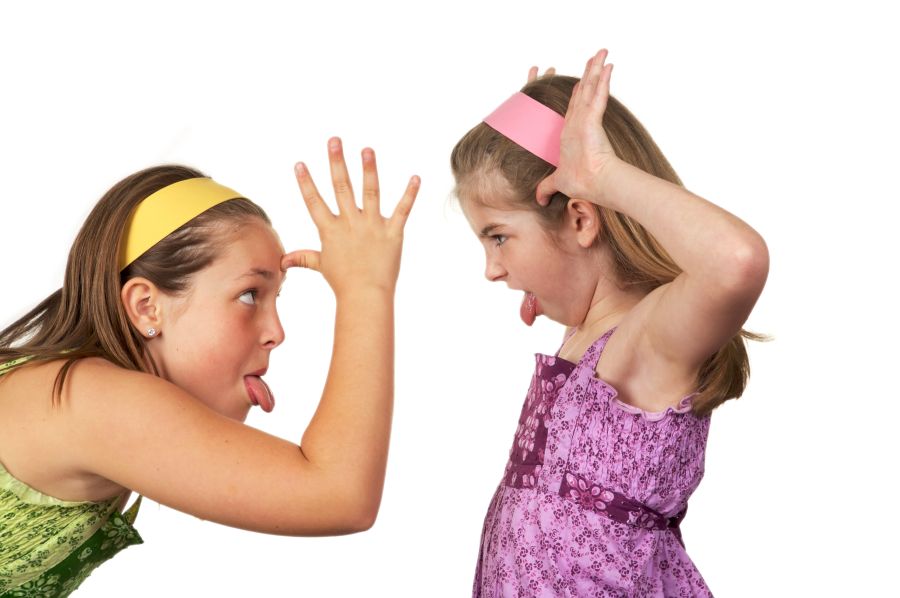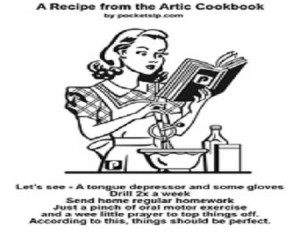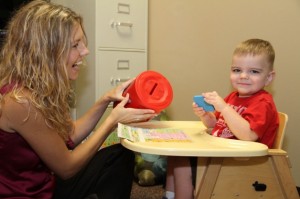Of all the speech sounds that Speech Buddies Tools target (namely R, S, CH, SH and L), the L sound is considered to be the earliest developing sound; in other words, of these trickier sounds that many children find difficult to accurately produce, the L sound is the one we expect them to master first. It is probably the simplest of these sounds to produce correctly from a standpoint of what the tongue and mouth has to do in order to say the sound correctly. But this sound can nonetheless present problems and this blog post is dedicated to providing parents with some crucial tips to maximizing the effectiveness of home practice, to ultimately, reduce the time it takes to see and hear your child say this sound correctly. I recommend starting with a quick look at the Speech Buddies video on L as it is a great way to first visualize for yourself what the tongue needs to do to hit the Speech Buddies Tool for L’s target and to say this sound correctly.
Teaching the Sound of Letter G
Pronunciation & Lisps Speech Therapy Techniques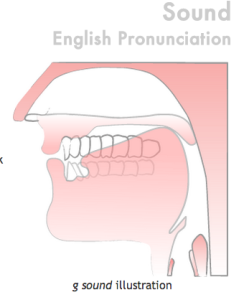
Teaching the Sound of G. Image courtesy of www.pronuncian.com
“Dess what Mommy?” “Where is the dod?, “When are we donna be there?” Are these familiar questions around your house? Is your son or daughter making a “d” sound in place of a “g”? Or, leaving the “g” sound out all together? If so, don’t fret. Most children under the age of five have some trouble correctly pronouncing certain sounds and words. While most children will usually mispronounce words at some point in her growth, the majority of children outgrow these mispronunciations and master correct sounds by certain ages. And, to make things even more complicated for your young child, there are two distinct sounds of “g” that he or she must perfect: a hard g and a soft g. Is there a way to help guide your child? YES! Here are some tips and tricks for teaching your child the sound of letter g.
Animal-Assisted Speech Therapy
Parents' Corner Speech Therapist Speech Therapy Techniques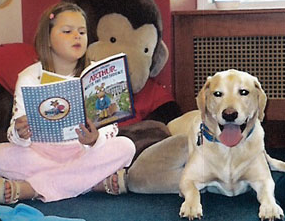
Animals Can Be An Excellent Supplement to Speech Therapy. Image courtesy of www.pawsandthink.org
Shark Week is here! Shark Week is here!! Sure, it’s fun to watch on TV, but what does it have to do with speech and language therapy? Actually, quite a bit. Sure, there is our good friend the Shark Buddy, but what about swimming with dolphins, riding horses or even petting a dog? Animal-assisted therapy has been gaining strength in popularity and recognition as an effective part of a therapy regime for children who have a wide range of social, language and communication disorders.
Continue reading
The Most Important Supply: Back to School Speech Therapy
News Parents' Corner Speech Therapy Techniques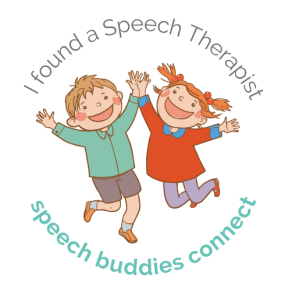 It’s time to start thinking Back to School! As parents and teachers, we want to give our kids everything they need to succeed, and at this time of year it seems easy: pencils, paper, notebooks, a backpack, maybe a lunchbox — all the tools of their trade. But it’s easy to overlook the most important things: excitement, self-esteem, self-confidence. Are there tools for that? Just like the physical tools our kids use to start their new year, emotional needs should be a priority; we want our children to step through the classroom doors with ease. Speech Buddies has been busy building an easy way to make back to school speech therapy, or anytime speech therapy, as accessible as possible…
It’s time to start thinking Back to School! As parents and teachers, we want to give our kids everything they need to succeed, and at this time of year it seems easy: pencils, paper, notebooks, a backpack, maybe a lunchbox — all the tools of their trade. But it’s easy to overlook the most important things: excitement, self-esteem, self-confidence. Are there tools for that? Just like the physical tools our kids use to start their new year, emotional needs should be a priority; we want our children to step through the classroom doors with ease. Speech Buddies has been busy building an easy way to make back to school speech therapy, or anytime speech therapy, as accessible as possible…
5 Fast Fixes for “F” Sound Practice
At Home Ideas Language Development Parents' Corner Pronunciation & Lisps Speech Therapy Techniques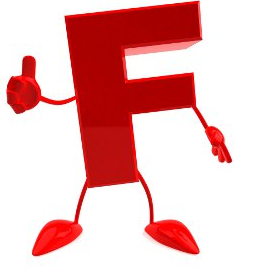
Image courtesy of www.really-learn-english.com
A few weeks ago, we covered methods to help your child correctly pronounce the sound of “TH”. While the most commonly mispronounced sounds are r, l, s, ch, and sh, the sound of “F” as in “Fish” is particularly difficult for a number of people, especially young children. Are you hearing a “p” instead of an “f”? Do your fish live in a “pishbowl” instead of a “fishbowl”? While we don’t have a Speech Buddy Tool designed to treat the mispronunciation of “f,” we do have suggestions to help your child with “f” sound practice. Here are five fabulous facts and features to fix the sound of “f”.
Continue reading
Art Therapy and Speech Therapy
Speech Therapy Techniques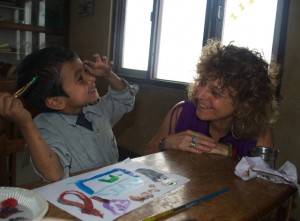
Art Therapy as Speech Therapy. Image source: arttherapywithoutborders.wordpress.com
Sometimes with younger kids, speech therapy doesn’t need to look like a traditional speech therapy classroom regimen. Instead, speech therapy can take on a more creative approach using Art. Yes — Art can be a useful tool to enhance a child’s speech and language development. Whether or not you have a child who needs help with verbal expression or auditory comprehension, there are excellent art-based activities that your child can do to engage all of his senses. And the best part — art therapy can be done at home! I know for some, even the phrase “art project” evokes a fear of mess and chaos! But, for a child in speech therapy, an art experience may be just what he needs to explore his creative side and improve his verbal and comprehension skills at the same time.
Continue reading
Free Summer Speech Therapy Activity Calendar!
At Home Ideas Parents' Corner Speech Therapy Techniques Activity Calendars! We’ve all heard of them! Perhaps your kids even came home with some in their backpacks on the last day of school. Have you checked out our Summer Fun Speech Therapy Activity Calendar? Our team of Speech Buddies SLPs, artists, and creative writers put their heads together to develop an excellent and creative way to practice speech therapy at home during the summer and avoid that “summer slip!”
Activity Calendars! We’ve all heard of them! Perhaps your kids even came home with some in their backpacks on the last day of school. Have you checked out our Summer Fun Speech Therapy Activity Calendar? Our team of Speech Buddies SLPs, artists, and creative writers put their heads together to develop an excellent and creative way to practice speech therapy at home during the summer and avoid that “summer slip!”
4 Tips for Managing Difficult Behaviors in Children
Speech Therapist Speech Therapy TechniquesAs SLPs, we have all dealt with our share of difficult behavior. I’ve certainly found myself at a loss for how to approach a client that has trouble with focus, motivation, or simply keeping “in line.” After all, we work with children, so this should be expected to a certain degree. However, challenging behaviors can get in the way of our work, and we must do everything we can to avoid them. When they do occur, we must be prepared with reliable strategies to minimize their negative impact on the session at hand, and ultimately, on our entire therapeutic interaction with that client. The four strategies described below will provide you with a plan for managing difficult child behaviors as they arise, and getting you back on track with your therapy.
Continue reading
4 Easy Articulation Activities at Home
At Home Ideas Parents' Corner Pronunciation & Lisps Speech Therapy TechniquesArticulation. What exactly does that mean? Articulation is the movement of the tongue, lips, jaw, and other speech organs (the articulators) in order to make speech sounds. It is considered an articulation disorder when there are problems making the sounds. Sounds can be substituted, left off, added, or even changed. Often, it is young children who make speech sound errors. They may say “wabbit” instead of “rabbit”, or leave out certain parts of a word such as “nana” for banana. If these errors continue past a certain age without improvement, your child may have an articulation disorder. Are articulation disorders treatable? Absolutely. And you can work on improving articulation skills at home. Here are four easy articulation activities that you can do at home.
Continue reading
What Happens In Speech Therapy?
Language Development Parents' Corner School Speech Disorders Speech Therapist Speech Therapy TechniquesWhat happens when your child visits a speech-language pathologist? What exactly will the SLP do? These are questions that many parents ask when their child has been recommended to start a speech therapy program. In order for you to set your expectations (and your child’s), here are the basics of what to expect from a speech therapy program. Of course, each course of therapy is tailored personally to your child’s particular speech disorder, or speech impairment. This should serve as a general guideline about the entire process.


